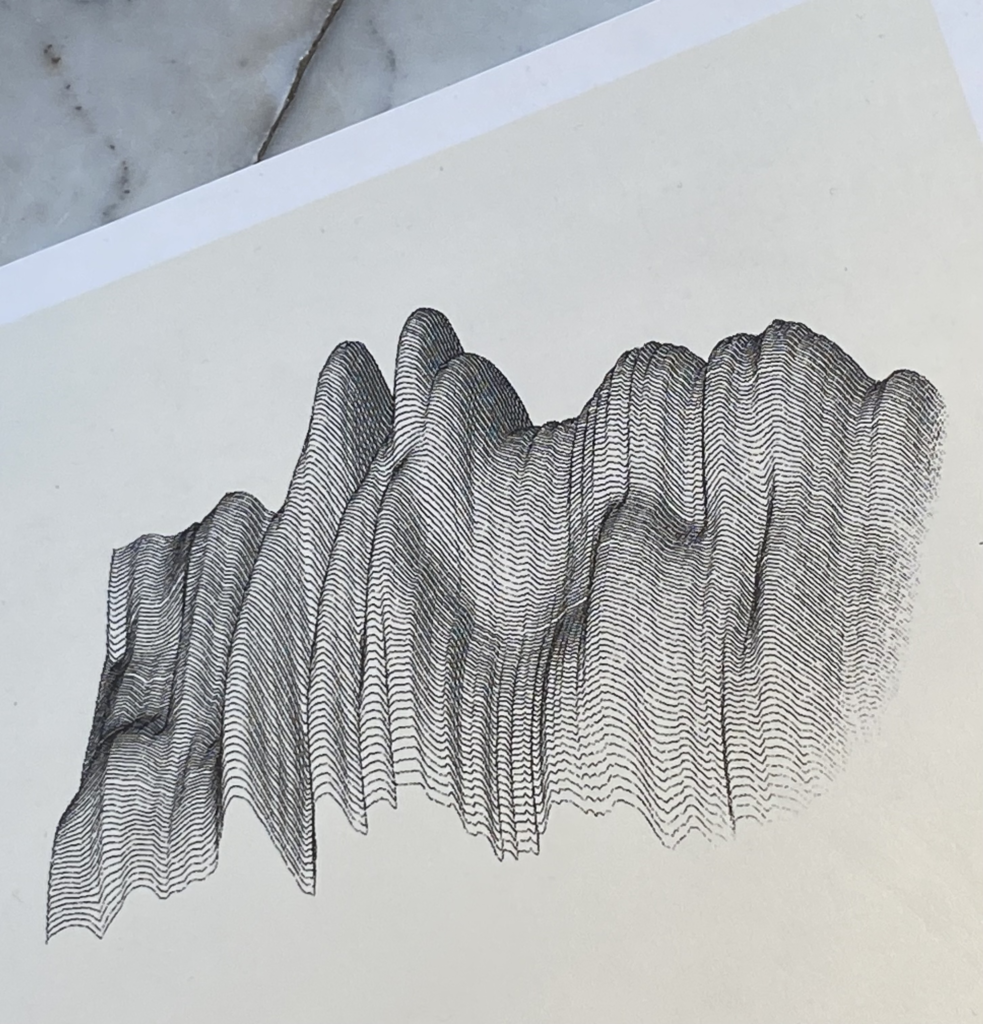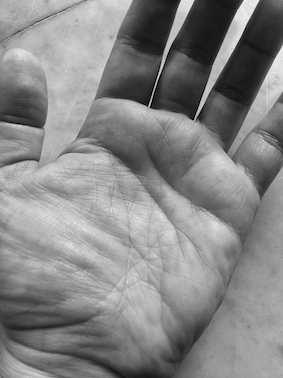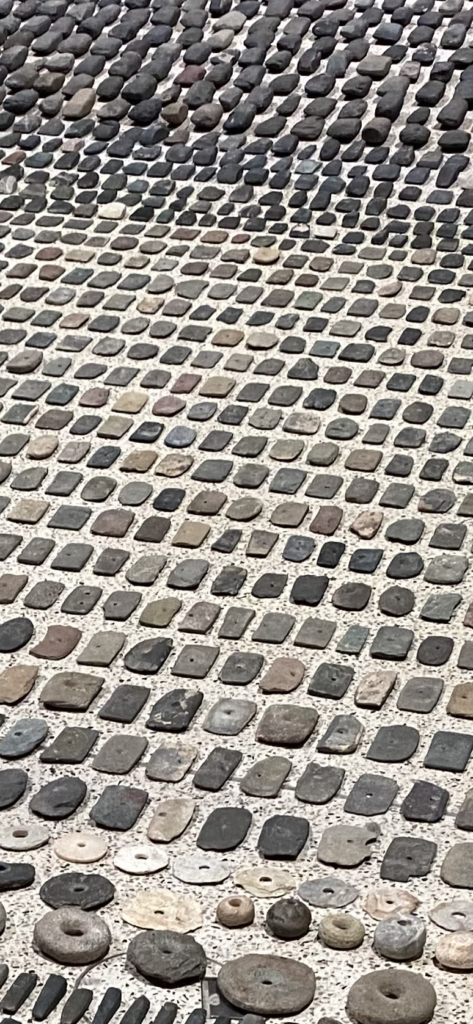
Source: Alex Pillen photo of LaBelle 2014
Is it just an academic exercise to find patterns in language or chunks in stories? Absolutely not, this is a matter fundamental to everybody’s lives, to the way people experience the world around them. Before it becomes a story, experience is often chaotic. Patterning in a language embodies a logic of experience. Experience is given a shape, a form, a structure, which has been called a ‘grammar of experience’. Patterns in stories are not just a focal point for linguists, but determine our real-life experience.

Source: Alex Pillen Photo of Ai Weiwei 2023, UNTITLED (PORCELAIN BALLS, 2022)
Each language offers a distinct shape of experience to its speakers and is the foundation of a deep-seated cultural norm for the form of experience. Also, the grammatical pattern of a language, as opposed to its vocabulary, determines those aspects of each experience that must be expressed in a particular language. Experience is put into the form of personal stories, a culturally-shared narrative pattern. Instead of the chaos of events, experience is organised into sometimes subtle patterns. In our culture, dinnertime is often the preferred moment for telling stories among friends or family. Such stories include an implicit cultural schema for the organisation of experience. They are often told at the end of long confusing days, especially after frustrating experiences.

Source: Alex Pillen photo
For the Chinese contemporary artist and activist, Ai Weiwei the significance of design often lies in its potential to give form to our experiences. Language, the structure of our stories fulfills a similar role. Stories told over and over form an invisible, heard-but-not-seen web of order to all experience. Habitual forms of speech result in lines of attention that circumscribe what will be told. Like creases in the palm of your hand, being a story teller helps you to read reality and create the form of reported experience. This form, this shape often remains hidden, as no one talks about the architecture of language, the forms of experience that are hard to visualise.

Source: Alex Pillen Photo of Ai Weiwei 2023, STILL LIFE (1993-2000)
References
Ai Weiwei (2023). Making Sense. Exhibition, The Design Museum, London
Hymes, Dell (1982). Narrative Form as a “Grammar” of Experience: Native Americans and a Glimpse of English. Journal of Education, v164 n2 p121-42.
Jakobson, R. (1959). On linguistic aspects of translation. In A. Fang & R. A. Brower (Eds.), On translation 23: 232- 239. Harvard University Press.
(pp.235-236)
Johnstone, B. (1990). Stories, communities, and place: Narratives from Middle America. Indiana University Press.
Labelle, Brandon (2014). Lexicon of the Mouth: Poetics and Politics of Voice and the Oral Imaginary. Bloomsbury
Ochs, E., Smith, R., & Taylor, C. (1989). Detective Stories at Dinnertime: Problem-Solving Through Co-Narration. Cultural Dynamics, 2(2), 238-257.